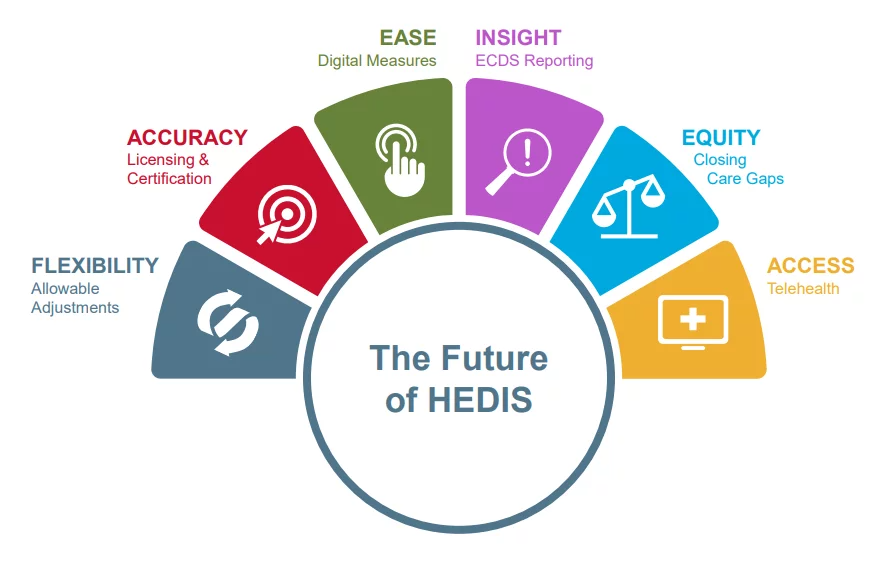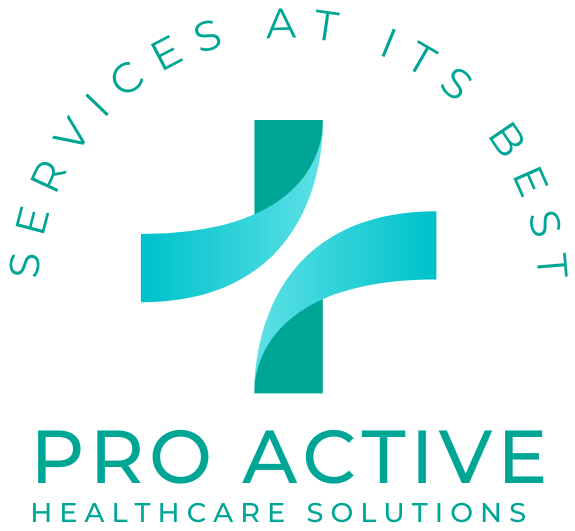
What is HEDIS? Goals, Benefits, Improvements – PHCSS
Quality improvement is a never-ending goal in the medical field. Healthcare plans and providers are always looking for ways to improve patient outcomes, expedite procedures, and optimize the delivery of treatment. This brings us to HEDIS, the Healthcare Effectiveness Data and Information Set, an important instrument in the field of healthcare.
At PHCSS, we follow both administrative and hybrid methods for calculating HEDIS data. In addition to this, we also perform a CAHPS survey to collect data based on member experience. All this makes us one of the best healthcare solutions in the USA. In this article, we will discuss what HEDIS is, and will also try to understand its importance, benefits and goals.
What is HEDIS?
A thorough set of performance metrics called healthcare effectiveness data and information set (HEDIS) is used to evaluate the standard of healthcare services that are provided by managed care companies. HEDIS, which was created by the National Committee for Quality Assurance (NCQA), covers a range of care disciplines, such as chronic illness management, member satisfaction, and preventive services.
What is HEDIS reporting?
Health plans in the US employ the HEDIS reporting system to measure the performance on various dimensions of care and service. It is a tool for evaluating the standard of patient-provided healthcare services.
Benefits of HEDIS reporting
HEDIS reporting has a huge impact on overall standards of services provided by healthcare companies some of which include:
- Quality benchmarking: By comparing the outputs provided by different organizations, HEDIS makes it easier for stakeholders to check their efficiency and to highlight the areas in that need development.
- Enhanced patient outcomes: HEDIS contributes to gains in patient outcomes, which lead to healthier populations and lower healthcare costs, by emphasizing evidence-based practices and preventive treatment.
- Data-driven decision making: Healthcare organizations can make well-informed decisions about quality improvement efforts, care delivery strategies, and resource allocation by utilizing HEDIS data obtained through HEDIS reporting software.
- Consumer transparency:
By giving customers insightful information about the caliber of healthcare services provided by various organizations, HEDIS metrics enable consumers to make well-informed decisions regarding their care.
- Regulatory compliance:
Adhering to HEDIS procedures guarantees that healthcare businesses satisfy strict quality requirements. HEDIS also proves to be a key stone for approval and certification sometimes.
Goals of HEDIS
Goals of HEDIS can only be obtained by taking in account HEDIS measures. Some of its goals include:
- Enhance preventive care:
Promote the timely provision of preventive treatments such wellness checks, cancer screenings, and immunizations. This helps in lowering the occurrence of diseases that can be prevented.
- Improve chronic disease management:
Chronic illnesses such as diabetes, hypertension, and asthma can be optimally managed by using evidence-based therapies and care coordination.
- Encourage care coordination: Encourage cooperation between healthcare professionals. This guarantees smooth patient transfers and thorough management of patients throughout the continuum.
- Ensure member satisfaction:
Give top priority to providing patient-centered care that satisfies each member’s unique requirements and preferences. Also emphasize on member satisfaction. By following all this, you can increase member engagement and satisfaction.
- Motivate continuous improvement:
Healthcare organizations can also cultivate a culture of continuous quality improvement. This can be done by establishing performance goals, tracking advancement, and putting focused interventions into place.
Improvements in HEDIS
There are some recent improvements in HEDIS that have made it a more efficient and reliable tool to be used in the healthcare department. Some of its improvements include:
- Technological developments: The introduction of HEDIS software solutions has simplified procedures for data reporting, analysis, and collection. This has played a vital role in improving accuracy and efficiency.
- Expanded data sources:
By incorporating information from claims, electronic health records (EHRs), and other sources, HEDIS reporting has been improved. HEDIS now offers a more thorough picture of healthcare performance.
- Real time reporting:
Healthcare organizations can keep an eye on performance metrics, spot developing trends, and move quickly to resolve problems when they have access to real-time HEDIS reporting tools.
- Customization and flexibility: HEDIS software allows for the customization of measures based on specific population needs, organizational priorities, and regulatory requirements. This promotes relevance and alignment with strategic goals.
- Interoperability initiatives:
Efforts to enhance interoperability among healthcare systems and data sources facilitate seamless data exchange. This also results in improving the accuracy and completeness of HEDIS reporting.
Conclusion
To conclude, HEDIS is a key component of quality assessment and development in the healthcare sector. It propels improvements in patient outcomes, organizational performance, and service delivery. At PHCSS, we use HEDIS data and cutting-edge tools like HEDIS reporting software, so that we can successfully navigate the constantly changing trends of healthcare quality. This allows us to serve as one of the best healthcare sectors in USA.






